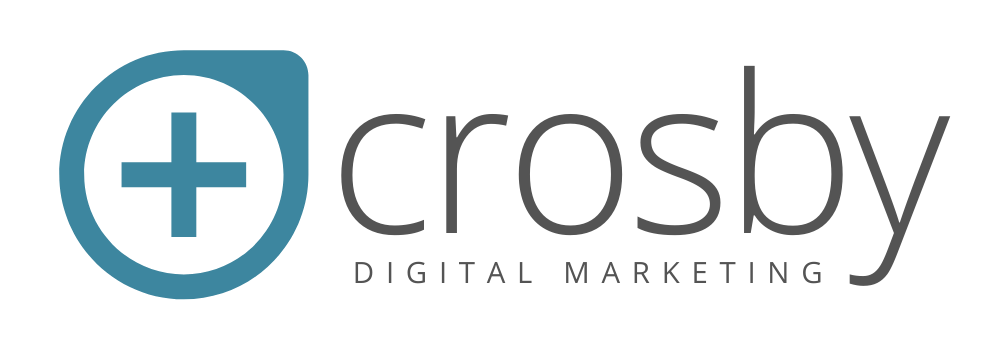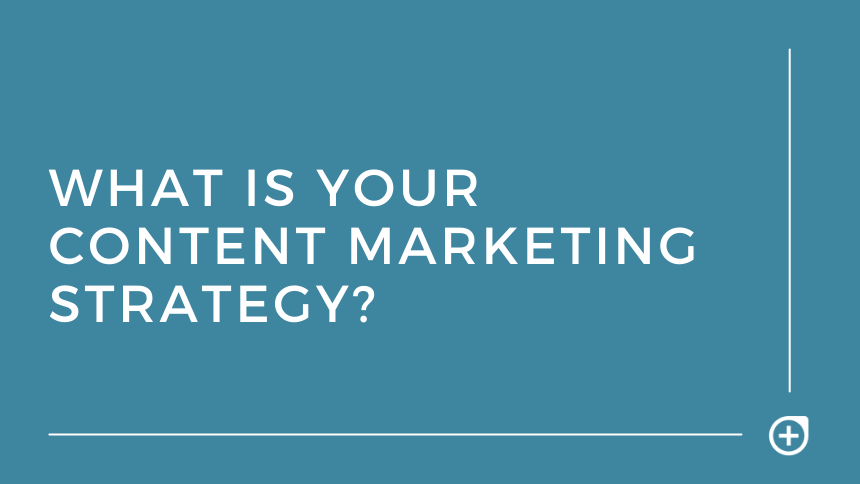The Ultimate Website Checklist

If you treat your website like a business card, that’s the wrong approach. Websites should do so much more than give your contact information. Don’t just check off your website as another task, but incorporate it into your customer acquisition process.
We've created a checklist to update your website and to use it as a tool aligned with your marketing strategy.
1. Define your brand and ideal customer
Your website should match your brand and speak to your ideal customer. Are you targeting female entrepreneurs? Make sure your copy speaks to them. Are you looking for more healthcare clients? A more professional look and tone are essential. Define your ideal customer before creating a new website and cater to this audience.
2. Focus on the basics
Before you dwell on the details, get the basics right. Define your service area so you can start building momentum for local SEO. Review your site for any broken images, 404 errors, visual issues on your mobile site, old information, and anything that sticks out to you as out of date or incorrect. And make sure every piece of text is well written.
3. Attract other people besides customers
Your website should work hard for your business. Attracting customers is most business owner’s priority, but your website can also speak to others. As your business grows, you will want to attract the best talent to work for your business, and a website is the first thing prospective recruits will look at. Additionally, there are many networking opportunities that your website can provide with similar or adjacent business owners in your community.
4. Make content that is useful for your audience
Your audience will stay on your website longer and convert into a customer if you create content that is useful to them. We go to Google to learn and find businesses. When your business shows up in the right place and your website visitors stay a while, you are more likely to get a call or email. You’re building trust before the conversation even begins.
5. Say something different
You may be tempted to sound like every other site you see online. Don’t do it. Say something different to your audience. This mindset will attract your ideal client if you have defined this person well. Speak to this preferred group of people with your content, website copy, and even your website’s style.
6. Write your content in easy-to-understand language
Write your content so that people understand it. There are a few reasons for this. First, people need to know what you do and what kind of business you have. They want to hire a friendly expert who will educate them over time. Show them that you can do this on your website.
Second, we think you should always
make your content for people, not for search engines. But we would love to help you blend
SEO strategy with your knowledge of the financial industry. SEO strategy and human-forward content are not mutually exclusive.
7. Include testimonials
Testimonials build social proof. They show that other people trust you, and then they explain why. Put your testimonials on your home page. Encourage your current customers to leave Google Reviews.
8. Make sure your website is mobile responsive
By 2025, 72% of internet users will only be using their phones to surf the web. It’s a no-brainer. Your website has to be formatted for cellphones.
9. Contacting you should be easy
This also means your phone number needs to be formatted so that a user can click on it and call it. Otherwise, a website visitor will leave your site and find a website that is mobile responsive. It’s also essential to give your website visitors several different ways to contact you. Some people prefer email over the phone, so include a working form on your site.
10. Always have a call to action
Tell your website visitors what to do when they come to your page. If you want them to call you, then tell them that. If you try to get them to fill out an interest form, make sure your website is set up to get the user to this form.
11. Display your expertise
People are hiring you for your experience. Display your expertise and how you will help them solve their problems. You need to be a friendly expert, so show people you are both here.
12. Productize your services
If you notice that your customers keep asking for the same services, productize them. This way, you can make separate pages describing a specific service or package. This also helps customers who are making precise searches on Google. (By the way, these are the most interested customers and likely to buy. We call these high-intent customers.)
13. Make your website easy to find
Make sure people can find your website easily. Add it to Google My Business (GMB). Create listings on high-profile online listings like Google Business Profile, Yelp, and YP.com.
14. Promote your website on social media
Use your network to promote your website. You should be linking to your website on every social media channel you have.
15. Update your website
Here’s where it gets tricky. You have to update your website regularly if you want to grow its search ranking. High-quality content matters, and you have to put in the work. Create a schedule of blogs or articles that would interest your customers, and make the time to do this. YouTube is an excellent medium if you want to make videos. Your content doesn’t have to be perfect. It just has to educate and engage your ideal customer.


